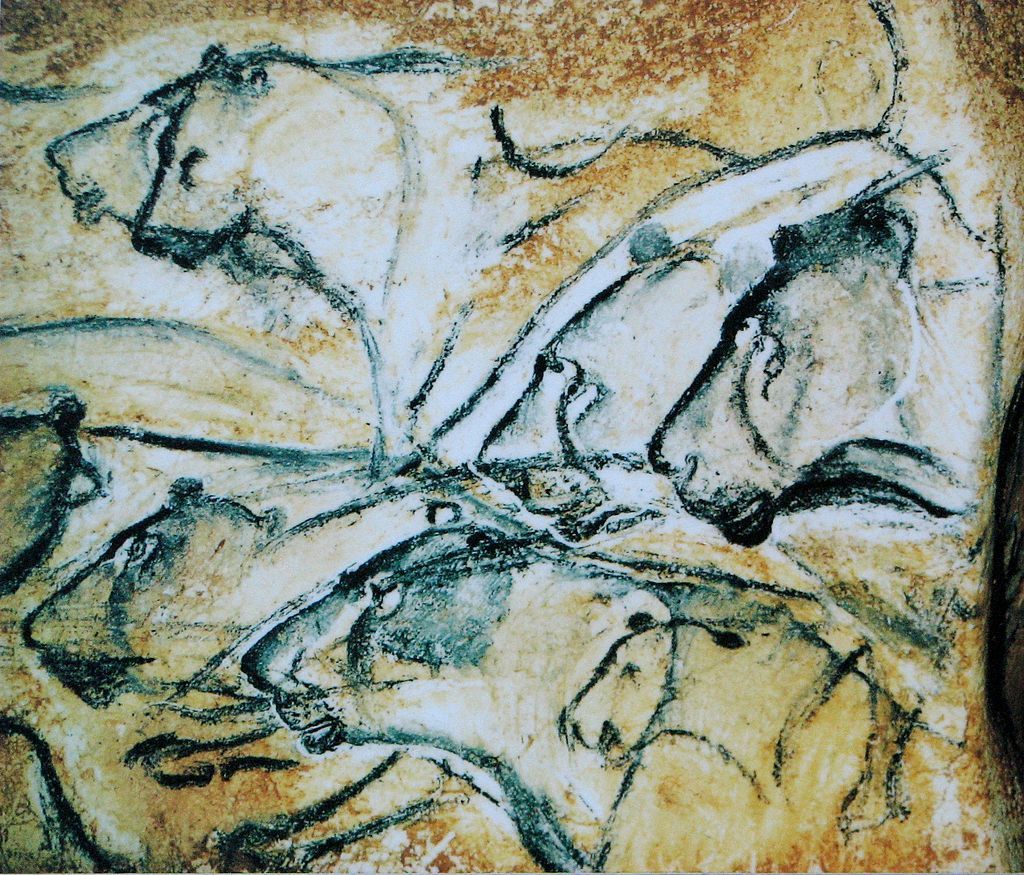The Chauvet Cave Art - The Art That Survived 36,000 Years

In the Ardèche region of southern France, there is a cave called Chauvet Cave. This cave is named after one of its discoverers, Jean-Marie Chauvet, who, along with two other explorers, discovered the cave in 1994. The cave is estimated to be around 36,000 years old and is known for its exceptional quality and age of its rock art. It is considered to be among the oldest and most important prehistoric art in the world.
The cave contains over 1,000 images, including depictions of animals such as horses, rhinoceroses, lions, and bears, as well as abstract shapes and handprints. The images were created using a variety of techniques, including charcoal, red ochre, and engraved lines.
There is a video — called The Final Passage — that shows the cave art and can be watched here. The Final Passage, is a 28 minute cinematic journey through the 36,000 year old Chauvet Painted Cave. Mind-blowing! More information about the cave can be found here.
While reading about this cave cave, I came across another — even more — fascinating cave art: the art in Blombos cave. Blombos Cave is a prehistoric archaeological site located on the southern coast of South Africa. The site dates back to the Middle Stone Age, approximately 100,000 to 70,000 years ago, and provides important insights into the behavior and capabilities of early humans during this time period. Excavations have revealed evidence of stone tool production, shellfish gathering, and the use of ochre, a type of mineral pigment that was used for body painting, decoration, and possibly even for symbolic purposes. The drawings in this cave are believed to be the oldest drawing ever discovered. Some art in this cave are as old as 70,000 years.
